_en_Cover.jpg)
Gas extinguishing systems generally fall into the higher category according to the Pressure Equipment Directive, meaning that a conformity assessment is necessary. In accordance with the requirements defined in this document, the extinguishing system installer confirms compliance with the Pressure Equipment Directive by means of a declaration of conformity and affixes the CE mark to the system.
...read more
Section: FFS
.jpg)
Manufacturers of fire extinguishing systems are repeatedly requested to provide an EU declaration of conformity for their systems or the components used in them. The purpose of this position paper is to define where an EU declaration of conformity is necessary and if so, which preconditions must be fulfilled for this.
... read more
Section: ESS and FFS
%20Watermist.jpg)
The purpose of this document is to provide basic information to non-specialists that need to evaluate the applicability of water mist in fire protection systems. It sets out both the principle benefits of water mist and the known limitations or disadvantages, when compared to alternative protection methodologies.
...read more
Section: FFS
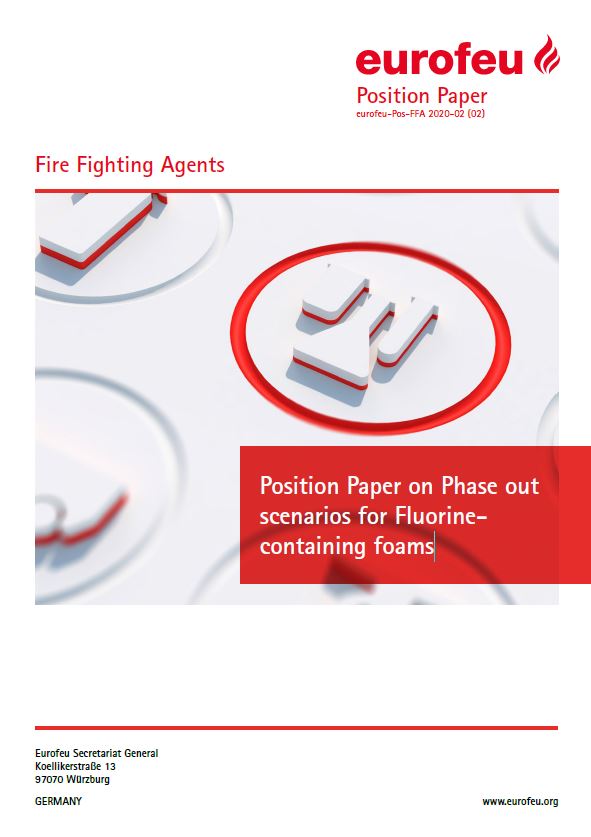
...read more
Section: FFA
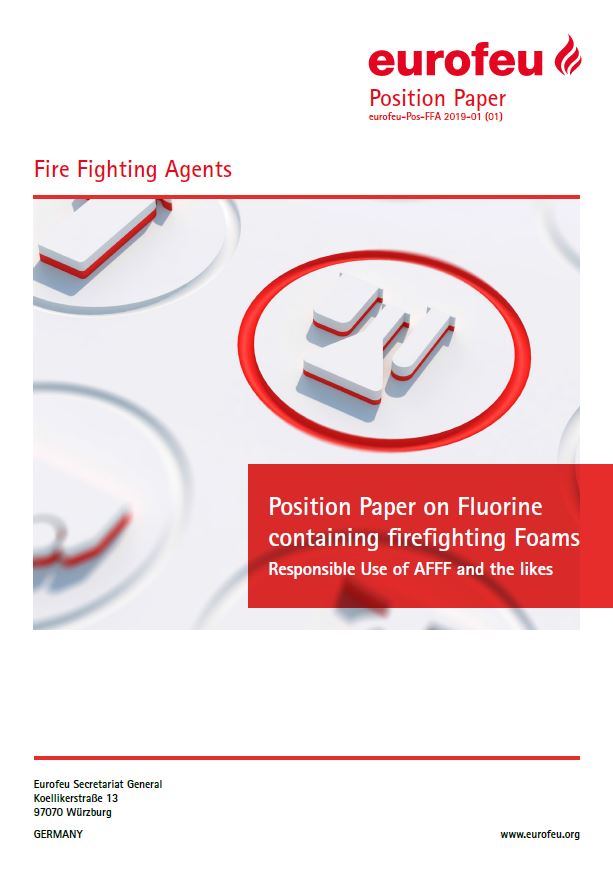
This position paper seeks to provide background information and recommendation on the safe and responsible use of firefighting foams with or without PFAS and their disposal.
...read more
Section: FFA
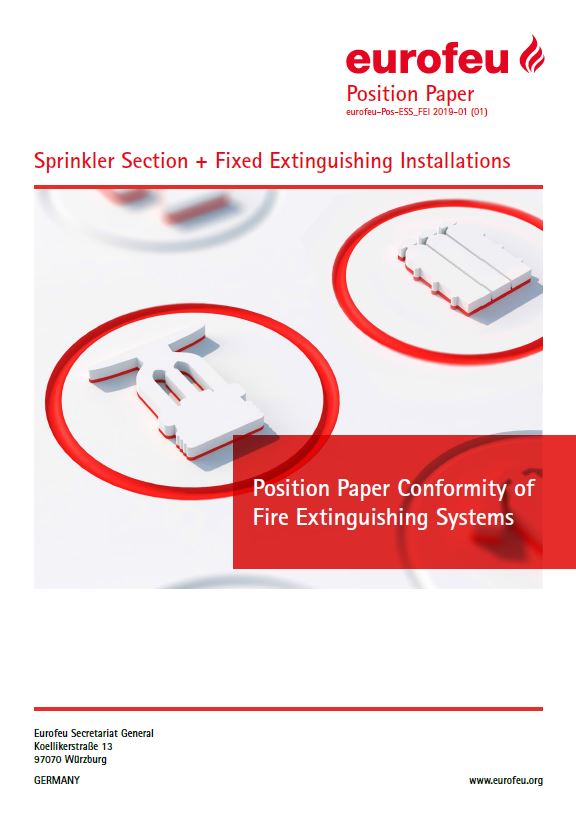
Manufacturers of fire extinguishing systems are repeatedly requested to provide an EU declaration of conformity for their systems or the components used in them. The purpose of this position paper is to define where an EU declaration of conformity is necessary and if so, which preconditions must be fulfilled for this.
...read more
Sections: ESS and FFS
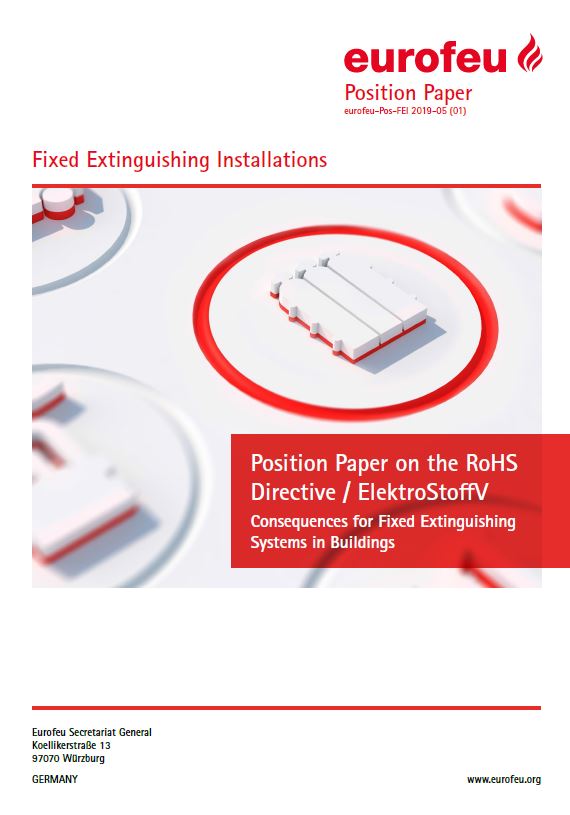
The paper shall help manufacturers to comply with the requirements of the EU act, i.e. enable them to decide if their products are within the scope or the exemptions.
...read more
Section: FFS
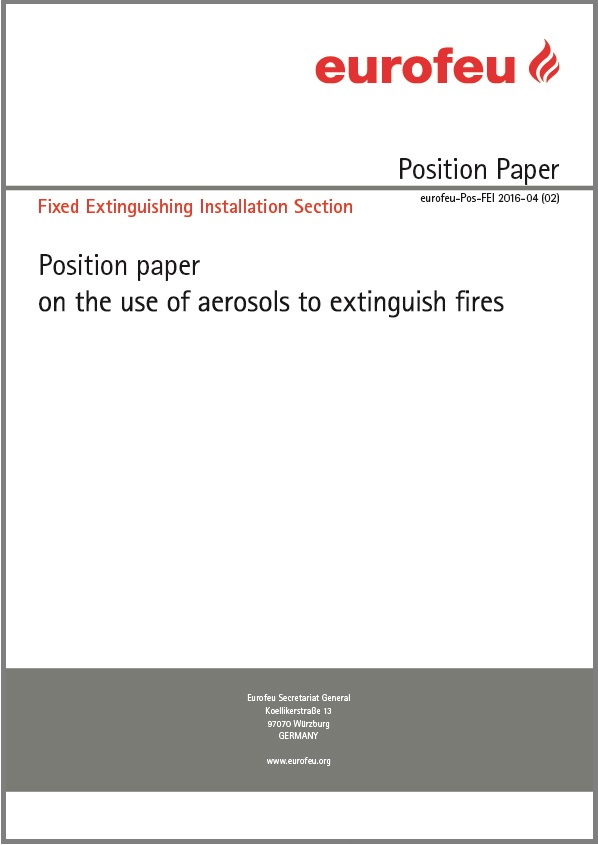
This document provides basic information on the use of fine dust in the extinguishing of fires. The target group mainly comprises people who are not specialists in this field. Opportunities, but also possible limits and disadvantages in comparison to alternatives, as well as regulations for the use are clarified...
...read more
Section: FEI
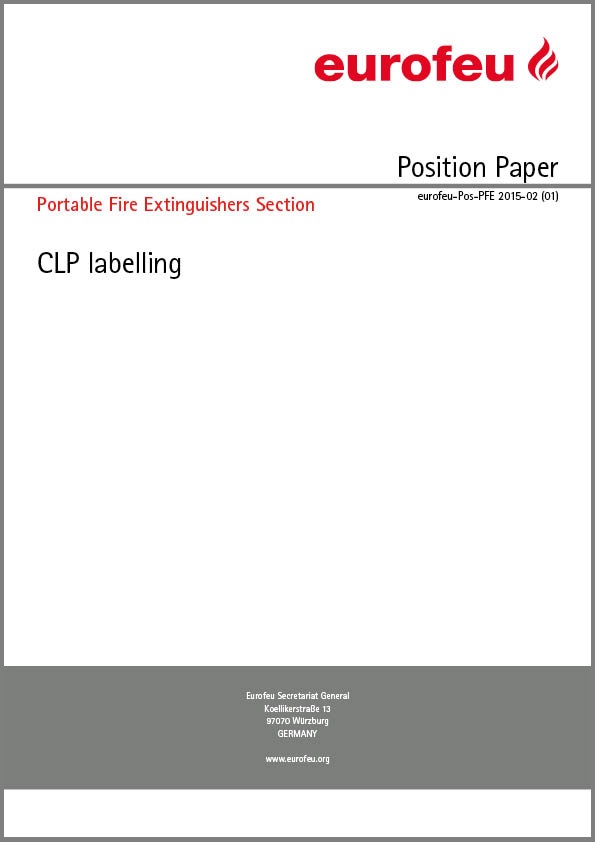
CLP Regulation ((EC) No 1272/2008 on classification (Classification), labelling (Labelling) and packaging (Packaging) of substances and mixtures) has been in force since 1 June 2015 for the classification and labelling of substances and mixtures.
...read more
Section: PFE
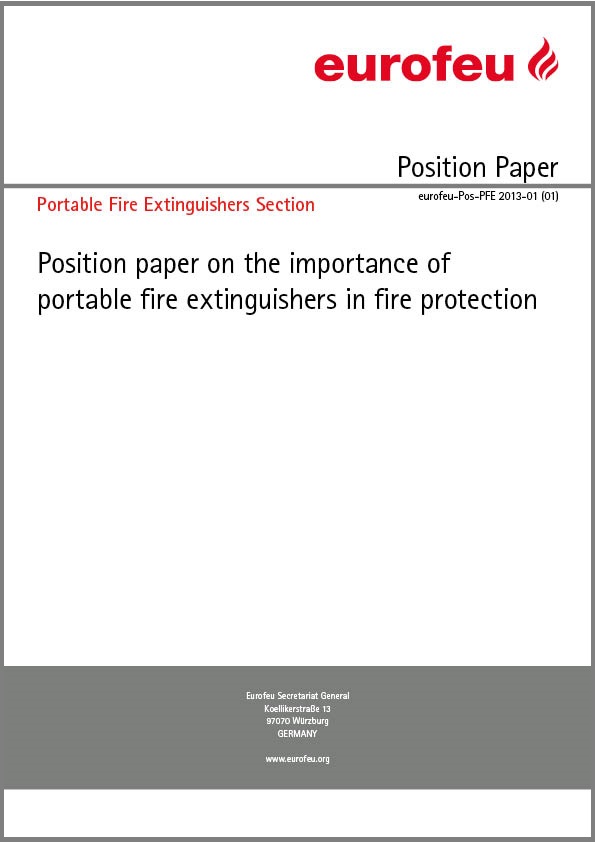
Many people are unaware of the advantage of correctly installed and regularly serviced fire extinguishers. A large number of studies have shown the successful use of portable fire extinguishers. Some countries already have national standards for the servicing of fire extinguishers. A pan-European standardization of fire extinguisher servicing is under discussion.
In view of these aspects, Eurofeu has prepared this guideline in the form of typical questions on portable fire extinguishers, to assist decision-makers in their choice.
...read more
Section: PFE
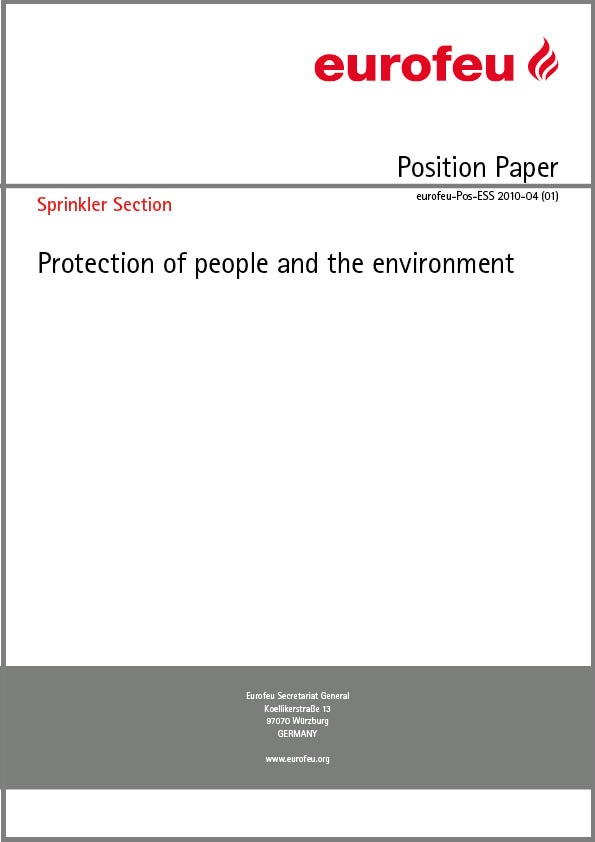
Where many people meet, fires have a particularly devastating effect. This is particularly the case in buildings that are open to the public. In addition, any smoke emissions caused by fire are a burden on the environment. Sprinkler extinguishing systems in buildings offer optimum protection for people and reduce the risk to the environment.
...read more
Section: ESS

A fire in a multi-story car park is particularly challenging. The design of the building creates natural horizontal and vertical chimneys and the architectural style increases the risk of fire. Other hazards include flammable liquids and highly ignitable flammable substances with a high fire load, such as plastics, rubber, textiles, etc., all of which have high heat and smoke development properties.
...read more
Section: ESS
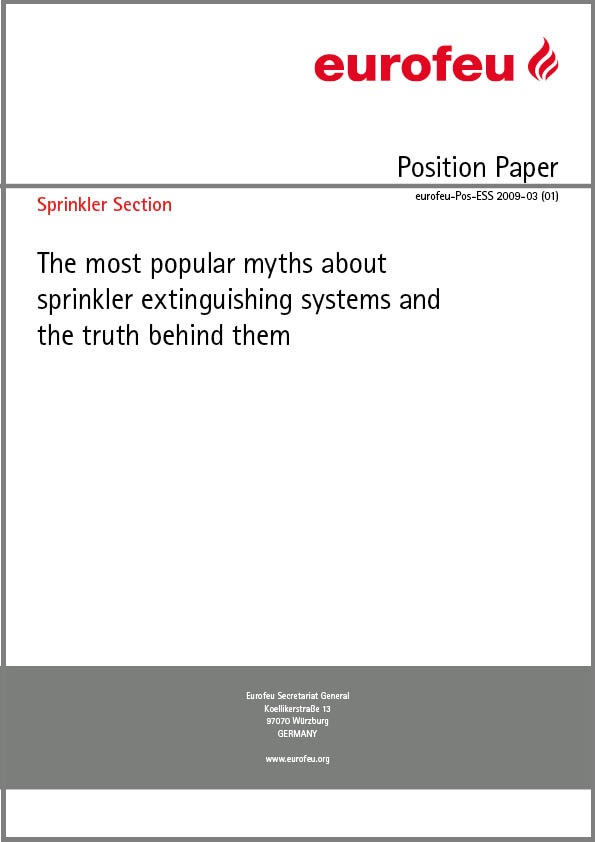
For as long as sprinklers have existed, there have been inaccurate or even fairy-tale ideas about their functions and properties. Some of these are plausible at first glance, but on closer inspection turn out to be wrong. Other claims are downright unrealistic. But no matter how often these myths are repeated, they are pure fiction.
...read more
Section: ESS
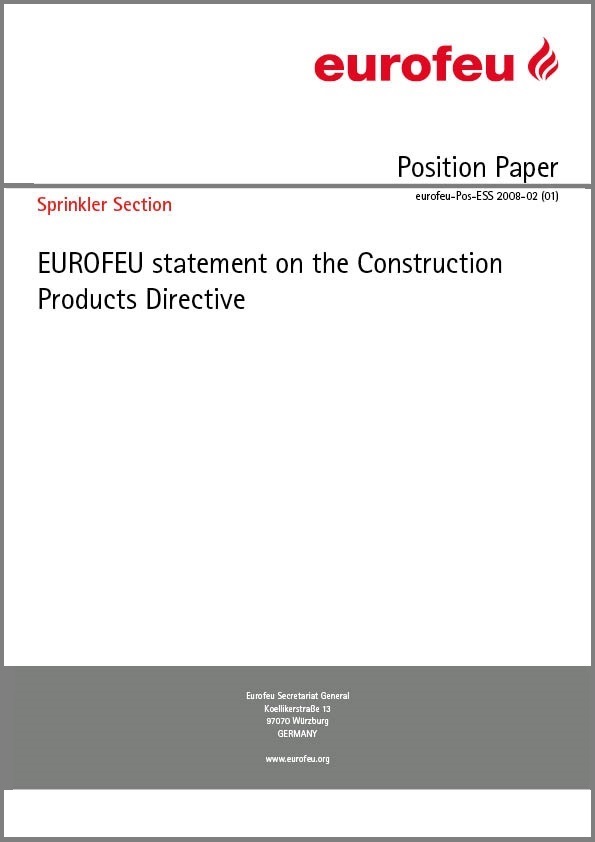
EUROFEU welcomes the initiative of the European Commission to transform the Construction Products Directive into a regulation. This makes the European Directive directly applicable law in every EU member state. The statement explains that the Construction Products Directive is one of the most important EU directives for preventive fire protection.
...read more
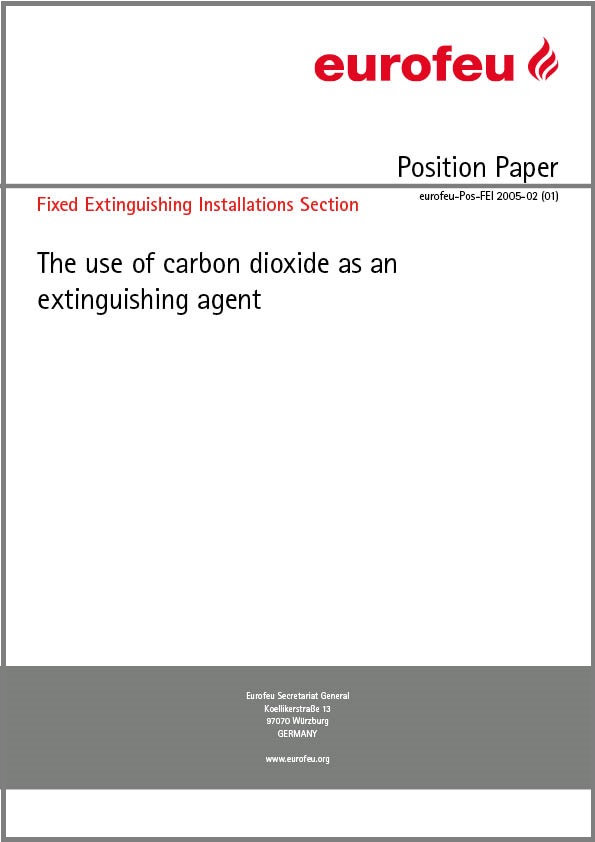
Carbon dioxide is a colorless, odorless and dry inert gas, normally found in the atmosphere at a concentration of 0.04% by volume. Carbon dioxide, usually referred to as CO2, is the oldest and best-known gaseous extinguishing agent. It has been used in extinguishing systems for approximately 80 years. It is inexpensive and available worldwide.
...read more
Section: FFS